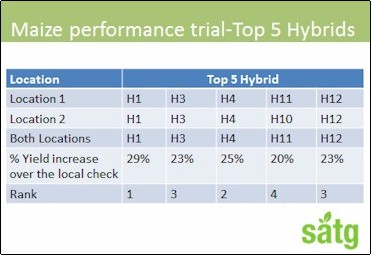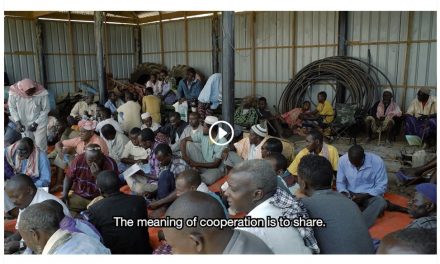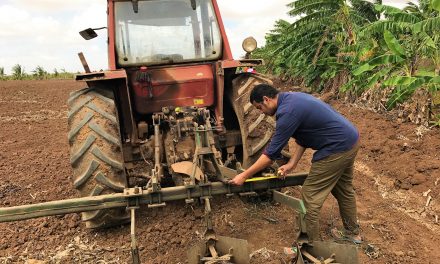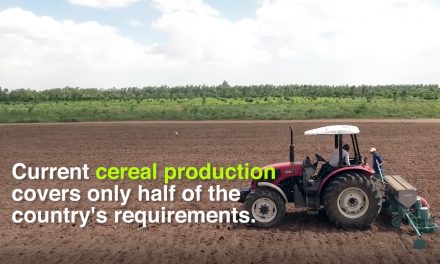 In mid-2012 SATG entered a new partnership with CIMMYT to test drought tolerant maize hybrids in Somalia. CIMMYT was at the forefront of the “Green Revolution” with its work in South East Asia in the 1960s. Unlike Somalia, where maize and sorghum are the staple food crops, wheat and rice were the drivers of the Green Revolution in Asia.
In mid-2012 SATG entered a new partnership with CIMMYT to test drought tolerant maize hybrids in Somalia. CIMMYT was at the forefront of the “Green Revolution” with its work in South East Asia in the 1960s. Unlike Somalia, where maize and sorghum are the staple food crops, wheat and rice were the drivers of the Green Revolution in Asia.
A desk review of pre-war research results revealed that the maximum average maize yields in the early seventies to late eighties were in the range of 2.0 to 3.5 tons/ha. Post-war averages – based on trials conducted by various NGOs – were 1.5 to 3.0 tons/ha. Recent studies conducted by FAO in the Lower and Middle Shebelle regions showed maize yields ranging from 2.5 to 3.5 tons/ha. These yields are low, given that the potential yield for maize is much greater. Yields on farmers’ fields are even lower, averaging about 1 ton/ha.
In the Deyr season of 2012 SATG in partnership with CIMMYT conducted trials of maize hybrids in the Afgoi district of the Lower Shebelle region. These were the first research trials since the collapse of government institutions in 1990. Maize is the region’s most important crop, but productivity (1 ton/ha) has been low due to poor farming practices and a lack of improved varieties. Fourteen drought-tolerant hybrids and two local checks were tested. To account for soil and environmental variability the testing was conducted in two locations. Research protocols were developed and strictly followed to properly account for varietal differences and to compare hybrids with the locally grown open-pollinated varieties.
The research plots were fenced and properly managed. Appropriate fertilizers were applied to maximize yield. Yield and agronomic data were collected and analyzed to identify differences among hybrids and varieties.
Both the new hybrids and local varieties produced the highest yields ever recorded in research trials in Somalia: up to 9 ton/ha for some of the hybrids and an average of 6 ton/ha for the local varieties. This is the first time that yields comparable to developed countries have been achieved. This is attributed to two factors; good seed quality and improved production practices.
The outcome of this study has major implications as the country is evolving from emergency responses to longer-term development. The results of the trial show that maize production in Somalia can be increased 5 to 10 fold, simply by improving the seed system and production practices, and encouraging farmers to use fertilizer. SATG’s maize research has set a new yield record. We invite others to join hands with us to make the dream for a “Grain Revolution” in Somalia a reality.












Recent Comments